From initial research
Since 2018, Vietnamese scientists have collaborated with French experts, led by Dr. Emilie Strady (French Institute of Development Research), through an international project, to conduct a basic assessment of microplastic concentrations in the marine and freshwater environments of a developing country in Southeast Asia, including Vietnam.
An adaptive method has been developed for domestic researchers to apply and deploy microplastic monitoring in sediments and surface water at 21 sampling points (rivers, lakes, bays, beaches) in 8 provinces and cities.
The results showed that the concentration of microplastics in surface water ranged from 0.35 to 2,522 particles/m-, with the lowest concentrations recorded in bays and the highest in rivers. Every 1m3 of To Lich River water contained 2,522 microplastic particles (the highest among the rivers surveyed in all three regions).
In the Nhue River, the concentration of microplastics decreased to 93.7 particles/m3. In the main stream of the Dong Nai River system, it was 3.9 particles/m3, the Han River was 2.7 particles/m3 and the Red River was 2.3 particles/m3. At the estuaries, river mouths and bays surveyed by the research team, the concentration also fluctuated from 0.4 particles/m3 in Cua Luc Bay (Quang Ninh) to 28.4 particles/m3 in Dinh River mouth (flowing through Ninh Thuan , now Khanh Hoa province).
According to Associate Professor, Dr. Mai Huong, Deputy Head of the Department of Water - Environment - Oceanography (Hanoi University of Science and Technology, Vietnam Academy of Science and Technology - VAST), when choosing to research on microplastics, the first challenge is taking samples at the scene for research. Planning to collect samples to serve research goals always requires scientists to closely follow and be flexible at the scene of rivers, lakes, canals, etc.
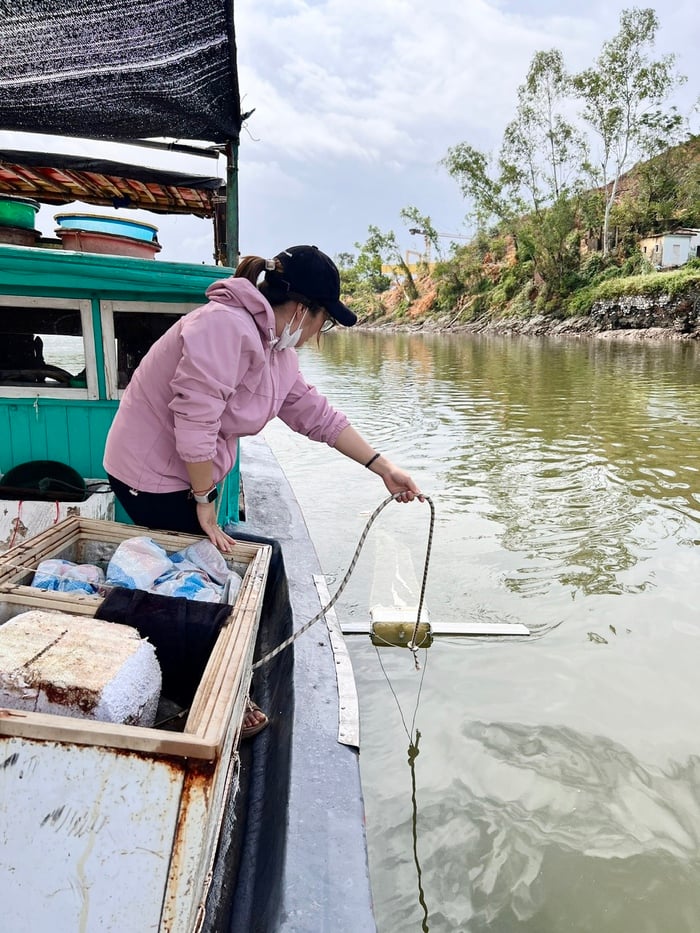
Le Xuan Thanh Thao took samples at the scene
"There are offshore sampling locations where, when the waves are too big to collect samples, we have to return to shore and wait until the waves are calmer before we can start collecting samples, or sometimes we have to change the sampling location," Ms. Mai Huong recounted.
8,300 million tons of plastic waste is the number of tons that the Earth is currently suffering from, of which only 9% is reused, 12% is processed (burned), and 79% is in landfills and floating in the environment. It is predicted that by 2050, about 12,000 million tons of plastic waste will be buried or released into the natural environment.
According to the United Nations Environment Programme (UNEP), the countries with the largest amounts of untreated plastic waste discharged into the aquatic environment are: China (8.8 million tons/year); Indonesia (3.2 million tons/year); Philippines (1.9 million tons/year). Ranked 4th in UNEP statistics is Vietnam, with more than 1.8 million tons of plastic waste discharged in a year, only 27% of which is recycled.
For Associate Professor, Dr. Mai Huong, the opportunity to work with French experts and scientists from Vietnamese universities and research institutes in a research project on microplastics in Vietnam and Southeast Asian countries has opened up many areas of in-depth research on microplastics.
"We have had a scientific publication in the Marine Pollution Bulletin journal - ranked Q1, with 157 citations to date. This proves that international researchers are very interested in the trend of microplastic research in Vietnam," Ms. Mai Huong added.
In-depth research efforts
To make international publications on microplastics, scientists have been diligently researching in the lab after collecting samples in the field. The process of processing raw samples and separating microplastics in the lab usually takes several hours to several days.
In particular, processing biological samples to separate microplastics is often more complicated and time-consuming than sediment or water samples. Due to their extremely small size, often at the micrometer level, microplastics are difficult to observe and identify with the naked eye.
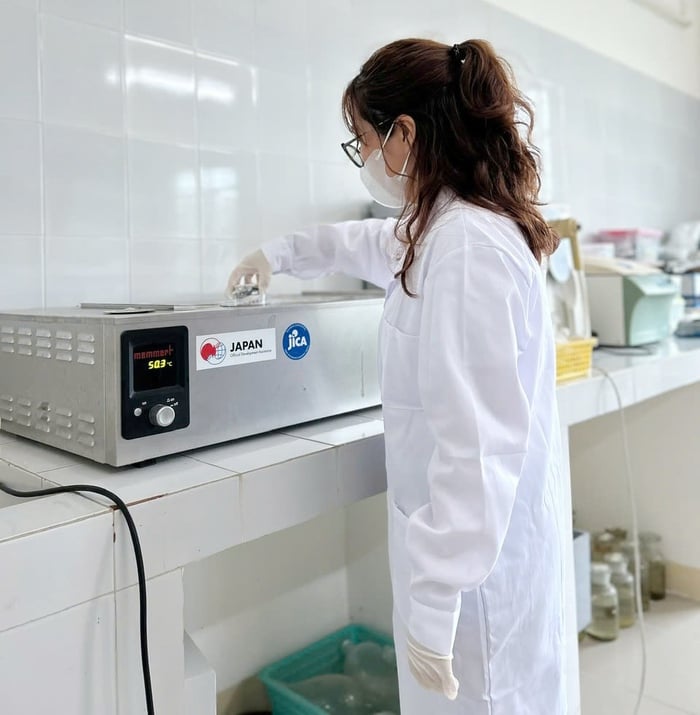
Thanh Thao studies microplastics in the lab
Decoding microplastics is requiring scientists to focus on studying samples, using specialized and modern equipment.
Le Xuan Thanh Thao, a young scientist working at the Institute of Energy and Environmental Science and Technology , has had consecutive scientific publications on microplastics in the environment with subjects such as groundwater, wastewater, sludge, surface water and coastal sediments, and bivalve mollusks in Vietnam's waters in recent years.
"Rivers or canals filled with plastic waste, or marine life trapped in waste, have always troubled me. With those experiences and observations, I decided to choose the field of research on microplastic pollution - a new but challenging issue," Thanh Thao shared.
After 6 years of accumulating research on microplastics, Thanh Thao and her research team have gradually delved into assessing the presence and characteristics of microplastics in freshwater, brackish water and saltwater ecosystems, on 3 main groups of objects: water, sediment and organisms.
At a recent scientific conference, when presenting a report on microplastic research in bivalve mollusks (such as mussels and oysters) living in Vietnam's coral reefs, Thanh Thao illustrated the path of microplastics in the lungs, liver, kidneys, brain, etc. of the human body.
Confirming the toxicity of microplastics to humans is a necessary recommendation. However, this is also a difficult problem that requires scientists in many fields to conduct systematic research.
"The toxicity of microplastics mainly comes from two factors: mechanical and chemical effects. Microplastics can cause mechanical damage to marine life and clog the digestive system.
At the same time, in addition to additives in the plastic composition to provide desired properties such as plasticizers, flame retardants, antioxidants, etc., microplastics also have the ability to adsorb toxic substances from the environment such as heavy metals and organic pollutants, as well as pathogens, which can be released into the body of organisms when ingested.
These substances can cause poisoning, endocrine disorders and accumulate in the food chain, causing long-term effects on human health," said graduate student Thanh Thao.
Another challenge in studying microplastic pollution in Vietnam is the lack of quantitative data. Currently, many domestic works only stop at the qualitative level - that is, determining the presence of microplastics in the environment without being able to give specific figures on the content.
This makes it more difficult to assess the impact of microplastics on human health and ecosystems.
Experts say that to increase the value of research, there needs to be surveys on a wider scale, from land to ocean, with associated objects such as water, sediments and organisms.
Furthermore, cooperation with international organizations and promoting interdisciplinary research are very important to enhance research capabilities and continue to deepen research on microplastic pollution in marine ecosystems in Vietnam, especially in sensitive areas such as coral reefs, estuaries and nature reserves.
Associate Professor, Dr. Do Van Manh, Director of the Institute of Science, Technology, Energy and Environment, commented: "Microplastics are emerging pollutants, and it is very difficult to eliminate them in the environment or organisms.
Current technologies have only partially solved the problem, and more research is needed to standardize it for each environmental object. However, I think the most suitable solution now is to limit the spread of this type of waste into the environment."
Where do microplastics come from?
Microplastics are produced from industrial activities, daily consumer products and waste treatment activities. Microplastics can be seen as the accumulation of plastic waste, at the ultra-small size level, only a few micrometers or even nanometers. In the marine environment, most microplastics have a high buoyancy, so they often spread over a wide area on the water surface. Some types of microplastics settle to the seabed, where their density increases, creating an environment for living organisms.
How do microplastics get into our bodies?
The average number of microplastic particles detected in the air per square meter is 4,885 particles/day. Bottled water is one of the highest sources of microplastic particle absorption, averaging about 100 particles/liter. Microplastics are commonly found in foods such as meat, shrimp, oysters, sugar, rice, sea salt, breast milk, canned milk, commercial honey, beer... Through eating and breathing, humans can consume up to 5 grams of microplastics/week, equivalent to the weight of plastic used to make an ATM card.
Source: https://phunuvietnam.vn/nhung-nha-khoa-hoc-nu-miet-mai-giai-ma-vi-nhua-20250716105635255.htm


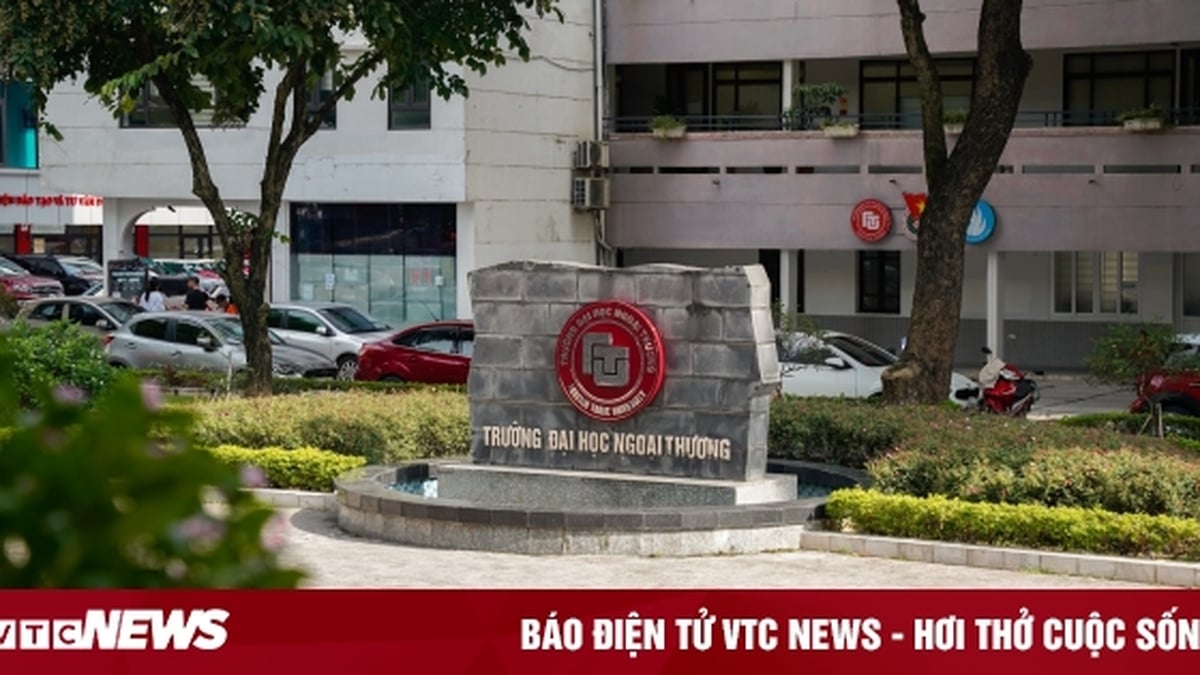
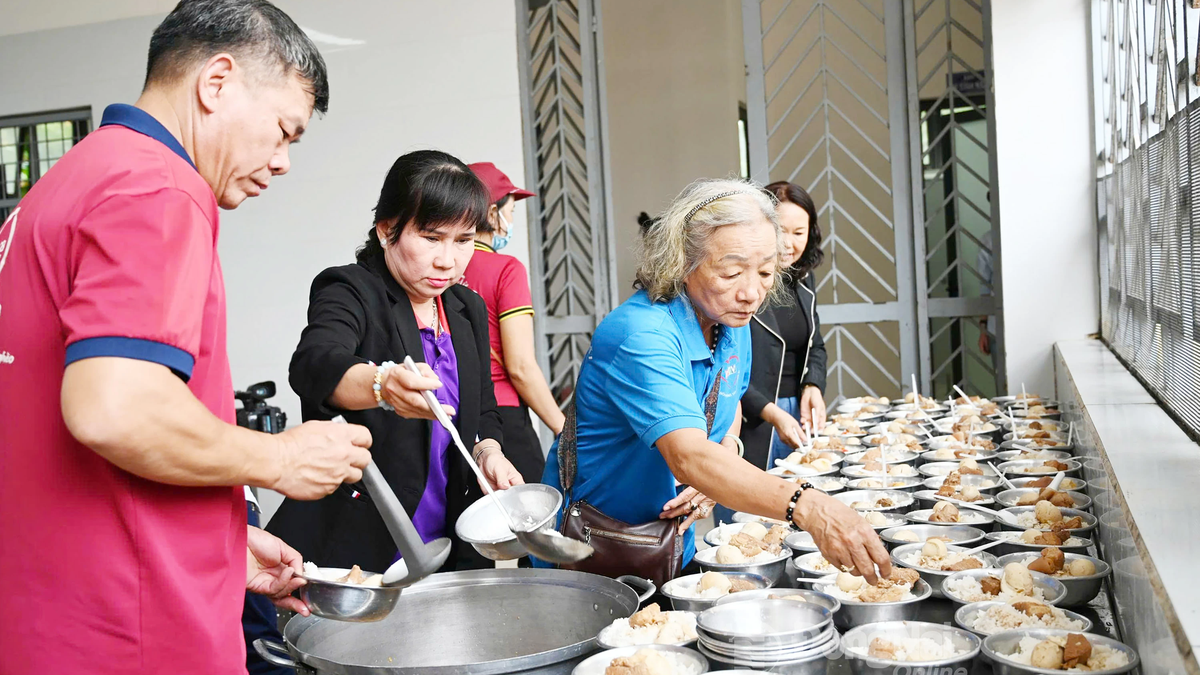

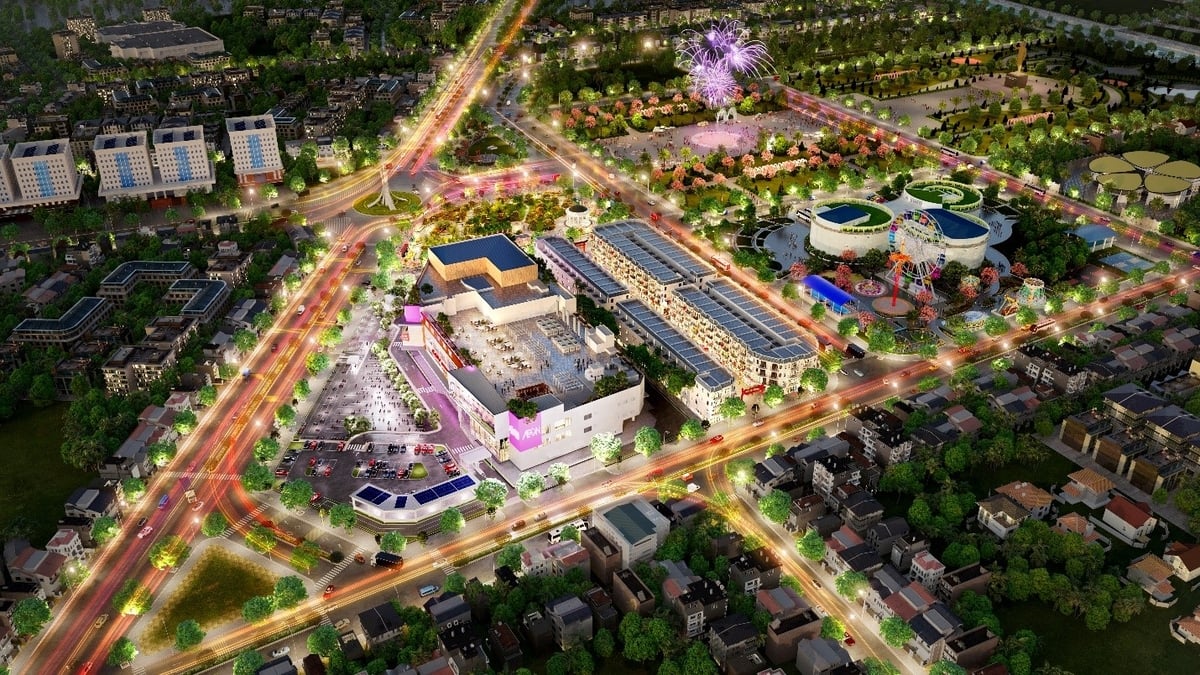

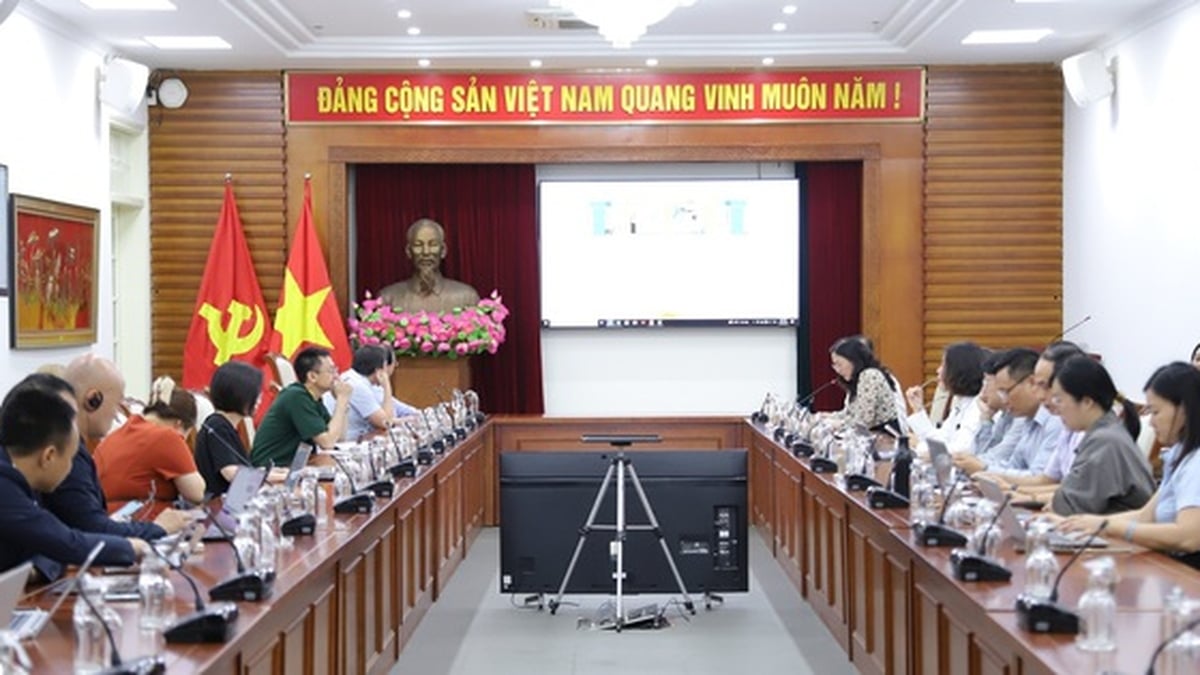
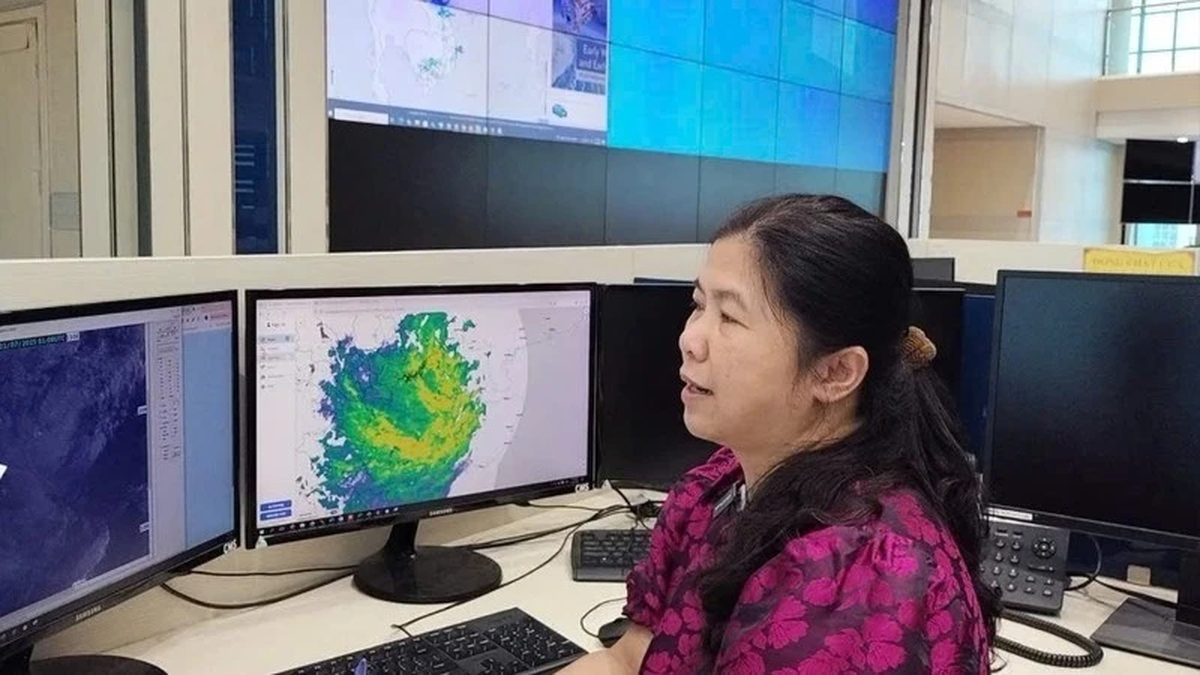


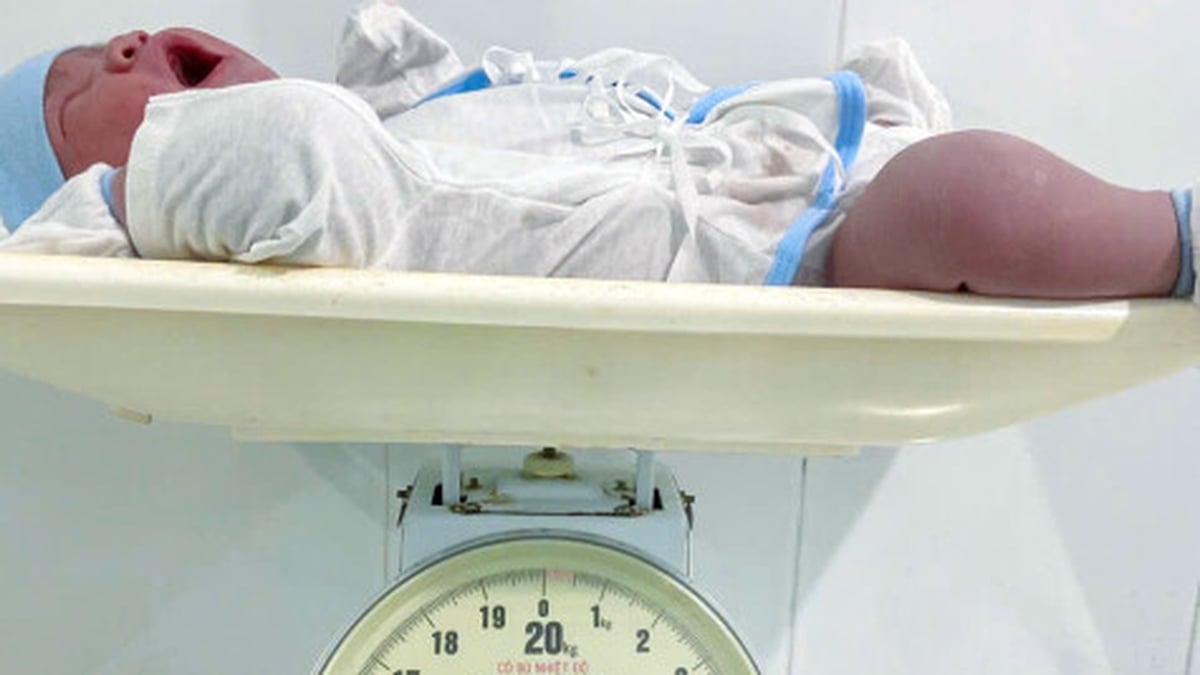











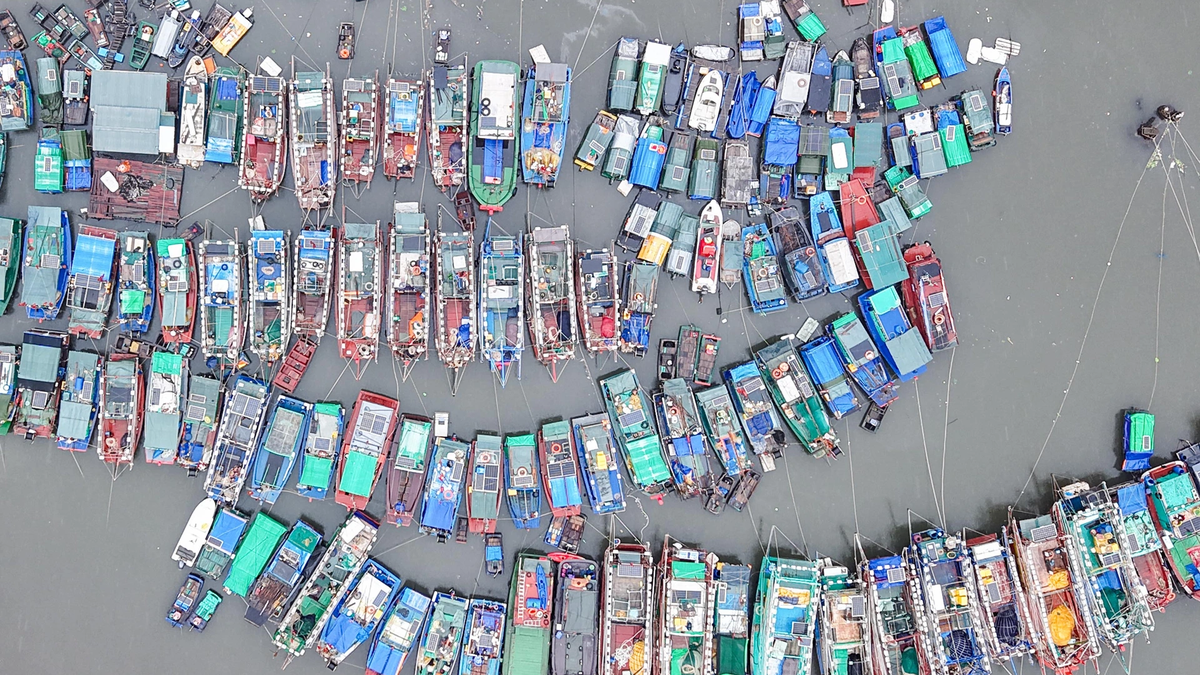







![[Photo] National Assembly Chairman Tran Thanh Man visits Vietnamese Heroic Mother Ta Thi Tran](https://vphoto.vietnam.vn/thumb/1200x675/vietnam/resource/IMAGE/2025/7/20/765c0bd057dd44ad83ab89fe0255b783)































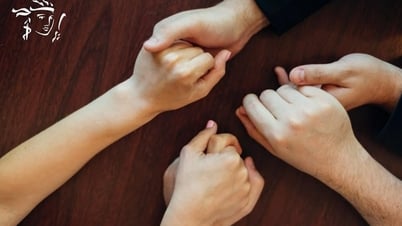




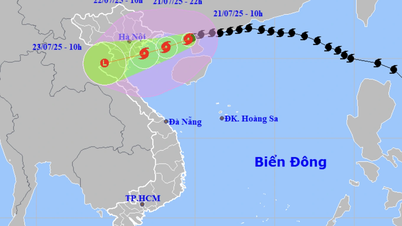



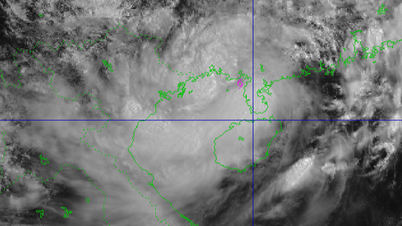



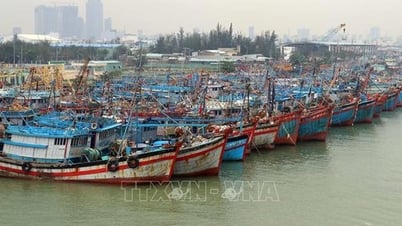
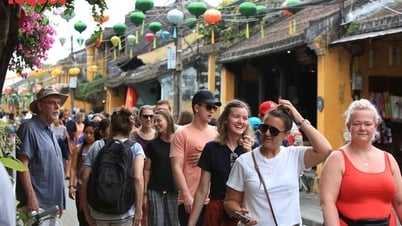
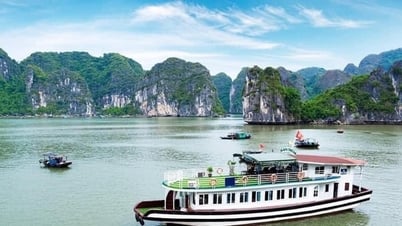
























Comment (0)